In support of World Mental Health Day, SafetyAtWorkBlog has opened access to several mental health and suicide prevention articles for a limited time.
Category: suicide
Arts Wellbeing Collective shows how it’s done
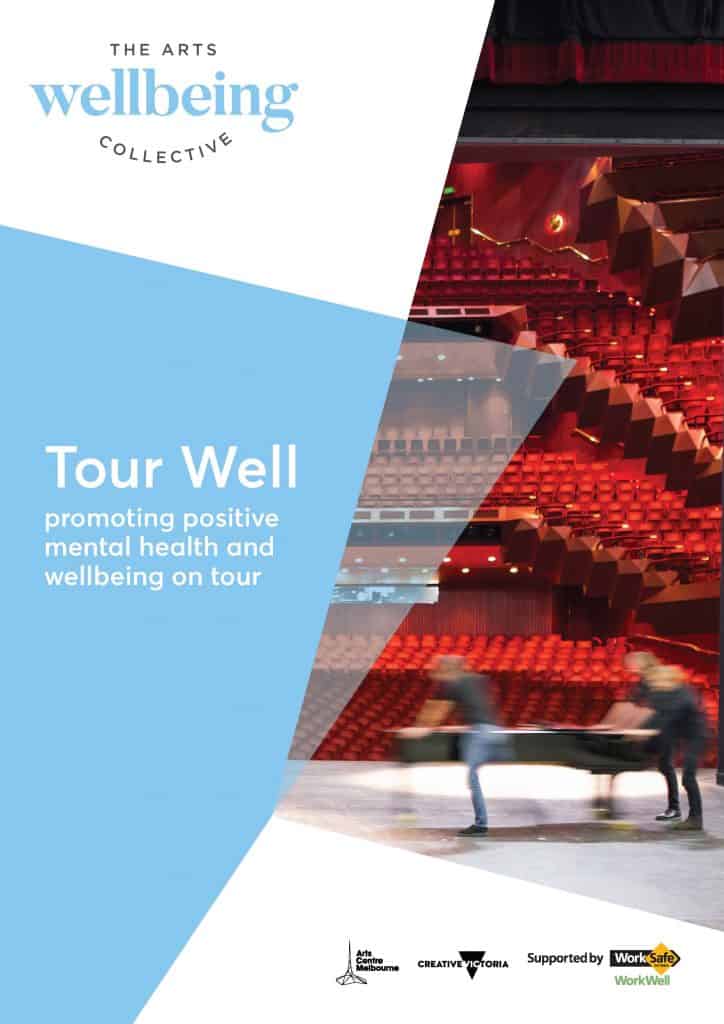
From an occupational health and safety (OHS) perspective, part of the reason that the Arts Wellbeing Collective (AWC) is being so successful and admired is that it originated outside of the traditional OHS and Health funding models. Existing in the performing arts meant the Collective drew firstly on their modern version of patronage by approaching their sponsors.
Recently the CEO of the AWC, Claire Spencer, spoke at the launch of Victoria’s Health and Safety Month and reminded the audience of the dire straits the performance arts were in with relation to mental health. She referenced the research commissioned by Entertainment Assist and conducted by Victoria University
COSBOA is outraged over mental health and jail
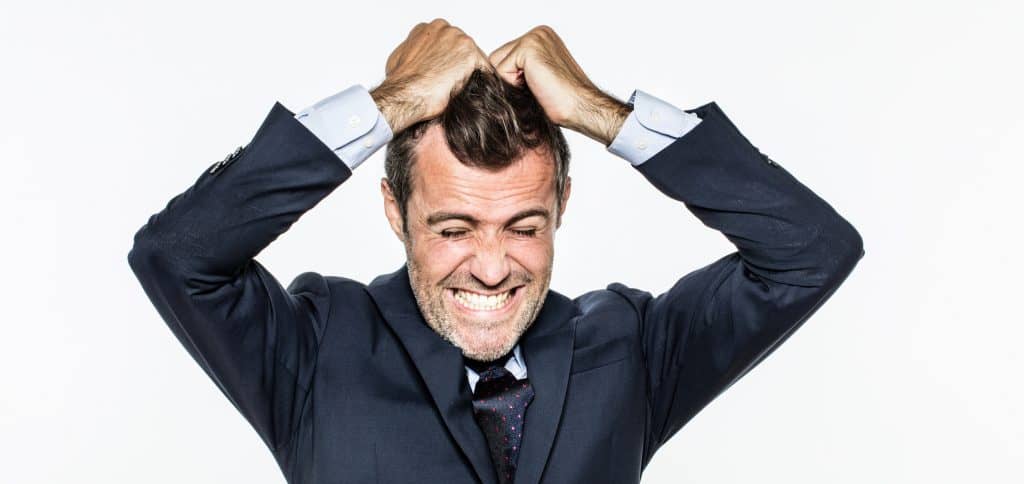
On September 24 2019, the Council of Small Business Organisations Australia (COSBOA) called for the withdrawal of the Boland review into Australia’s work health and safety (WHS) laws.
In a media release COSBOA’s CEO, Peter Strong, states:
Continue reading “COSBOA is outraged over mental health and jail”“The report solely focusses on workers, giving zero consideration to the mental health of employers and the self-employed….”
Accountability, responsibility and possible jail time
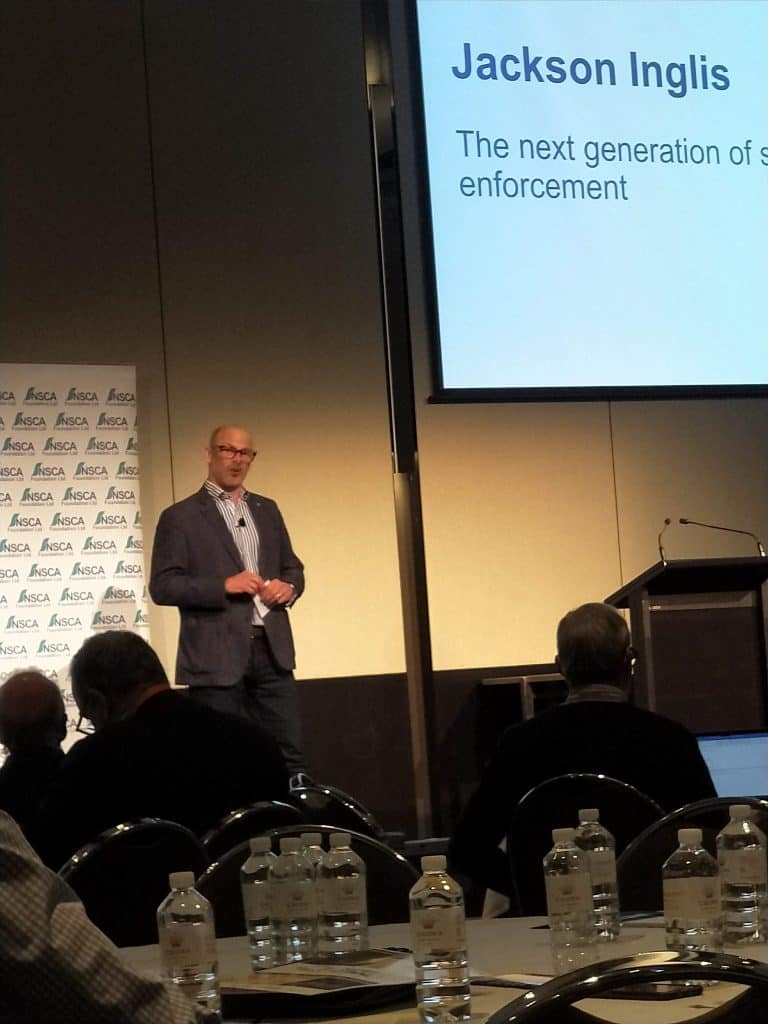
Lawyers speaking at occupational health and safety conferences can be a bit hit-and-miss. Some are interested in minute complexities of law. Others are not comfortable talking about legal technicalities with non-lawyers. The presentation also depends on what the conference delegates want, and this can differ from day to day. But sometimes, a conference hears from a lawyer who not only practices law but reads the newspapers and seems the understand the social context of their work.
Last week, the SafetyConnect conference benefited greatly from a presentation by Jackson Inglis of Sparke Helmore (pictured above).
If you have any information about safety-related issues or incidents, remember that SafetyAtWorkBlog operates a confidential and anonymous information tipline at https://safetyatworkblog.whispli.com
The Interconnectedness Challenge

The solutions to most occupational health and safety (OHS) issues are multidisciplinary meaning that solutions are rarely simple and rarely come from a single source of information or knowledge. Recently I have been challenging my colleagues to spread their voices and experience beyond their own disciplines to illustrate how a worker’s health and safety is affected by a broad range of hazards and environments. I extend that challenge to all organisations including employer and industry groups like the Business Council of Australia (BCA) which has recently released a report on “The state of enterprise bargaining in Australia”.
Many organisations undertake research into different elements of work but rarely take an overall perspective, or one that analyses the interconnection of societal and occupational conditions and pressures. The latest BCA report is one example
Fence or Ambulance?
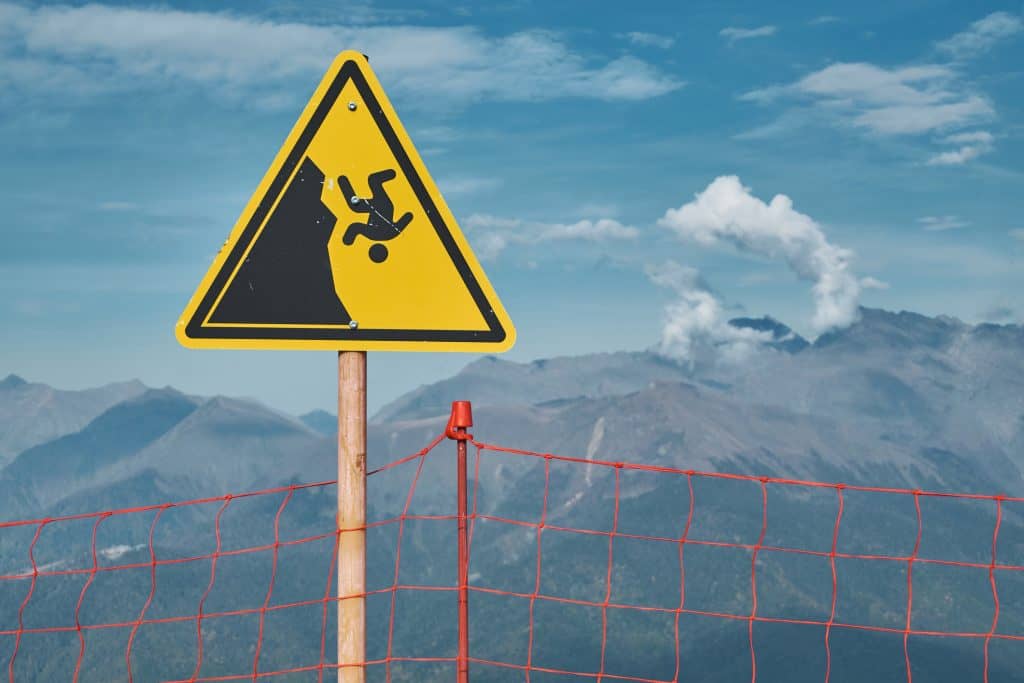
The other week Lucinda Brogden, one of Australia’s Mental Health Commissioners participated in a three day suicide prevention conference, concluding the week as a keynote speaker at an occupational health and safety (OHS) seminar. Her commitment to keep focusing on the prevention of harm made her a comfortable fit for the largely OHS audience. Hopefully her influence is big on the Australian mental health policy makers.
Brogden reminded the audience of an 1895 poem by Joseph Malins which discusses the prevention of harm through the analogy of putting a fence at the cliff edge to stop people falling rather than having an ambulance at the bottom of the cliff to collect the dead and injured. It is unlikely that Malins was thinking of workplace safety with this poem but, as a temperance activist, it is certain he was thinking about health. Regardless, the imagery is a useful and simple illustration of the advantages in the prevention of harm, and not just in relation to mental health.
Suicide Differently
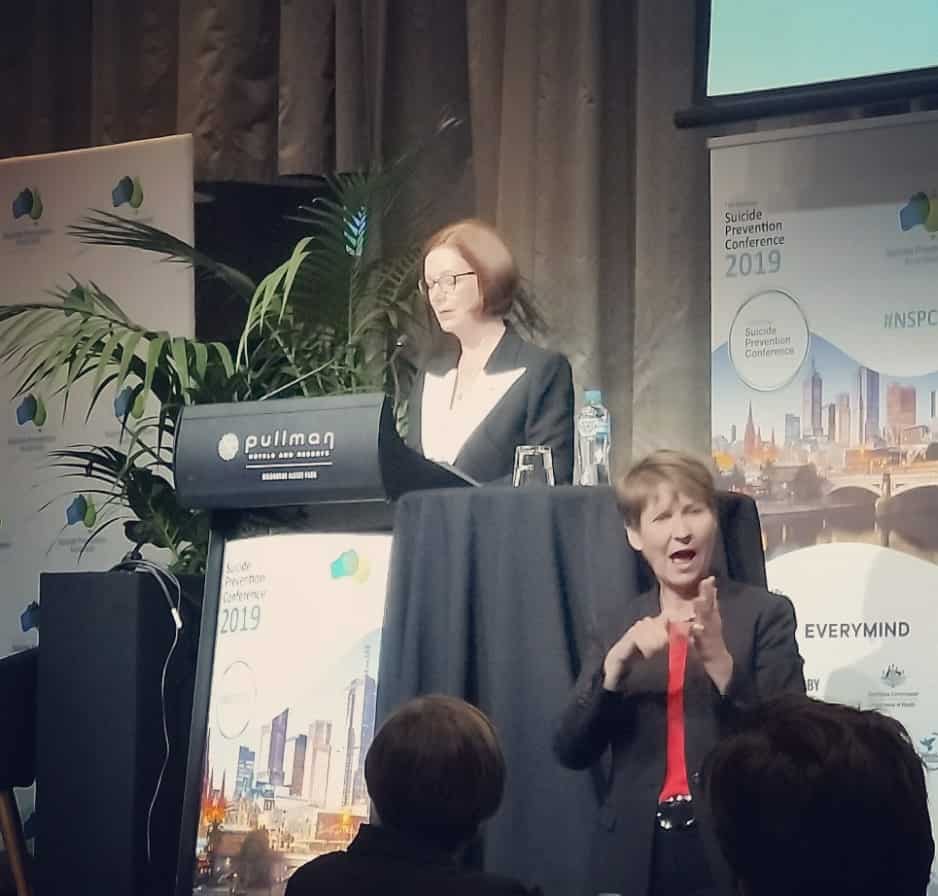
Over 600 delegates at the National Suicide Prevention conference in Melbourne in July 2019 heard one speaker almost invoke the “Safety Differently” concept to suicide prevention (Hands off, its ours, Ed.). This showed that suicide prevention approaches are maturing, but that advocates continue to operate in a public health/mental health silo.
Several speakers acknowledged that the suicide prevention strategies in Australia over the past few decades have failed to reduce the suicide rate. This has been known for some time as evident from this statement by Emeritus Professor Ian Webster in a 2017 publication “Postvention Australia Guidelines”:
Continue reading “Suicide Differently”“Prevention has always been part of the national suicide prevention strategy but its contribution is even more important now as some of the past initiatives have not been as effective in reducing suicide rates as we had hoped.”
Page 5
